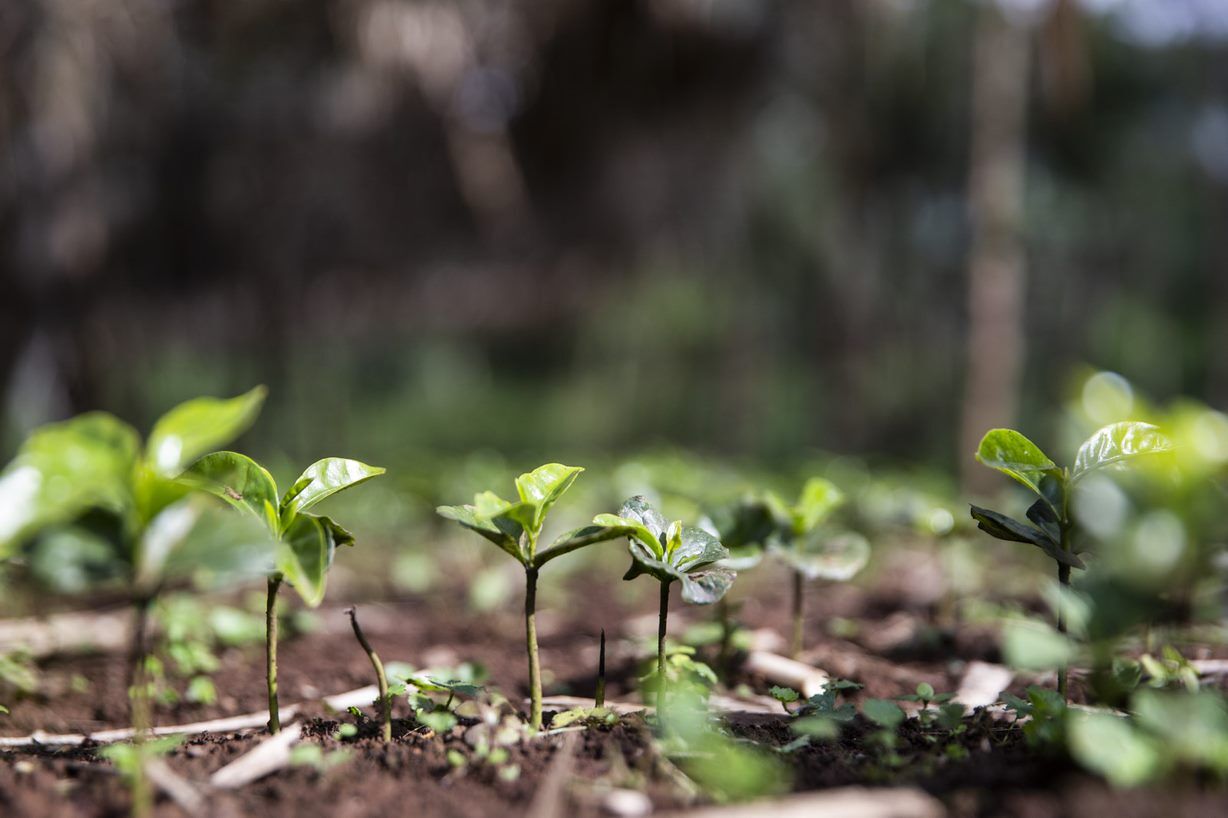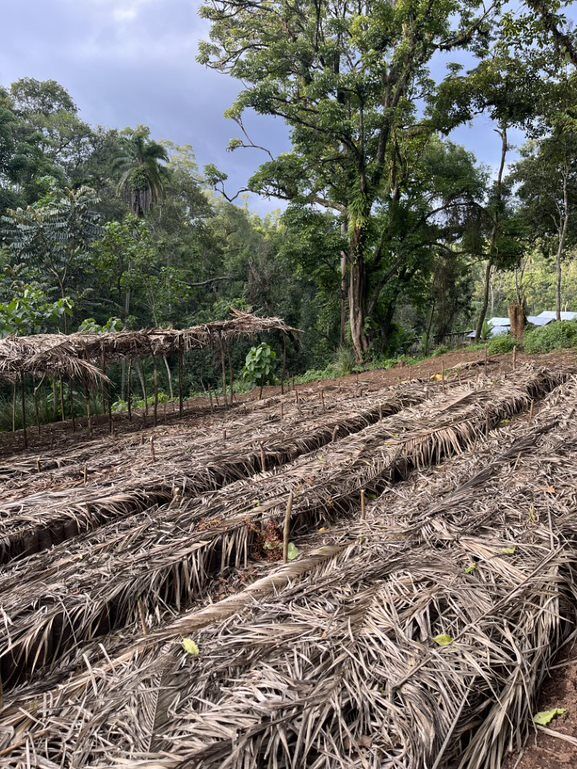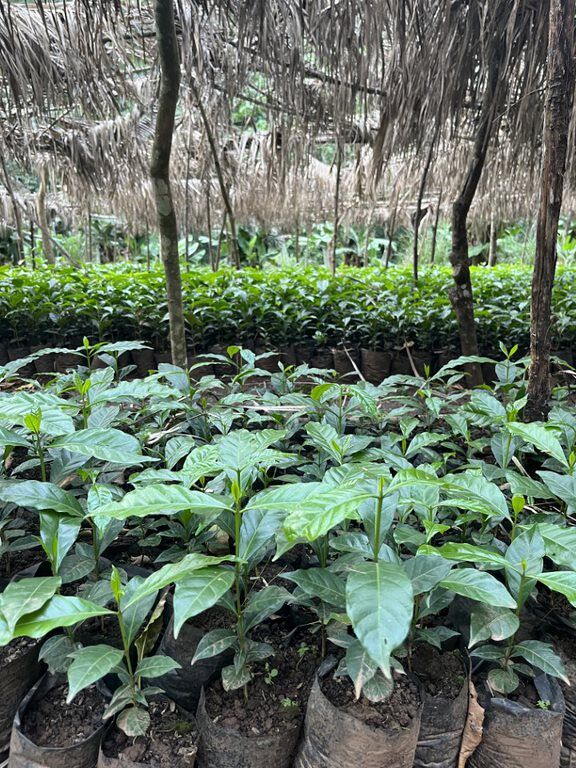
What is a coffee nursery? The example of Habtamu Abebe (Ethiopia)
Have you ever wondered how a coffee nursery works? In this article, we’ll explain what is a coffee nursery, and how does it works, step by steps, following the example of Habtamu Abebe and his farm, Matapa Michiti, in Ethiopia.
What is a nursery?
A coffee nursery is a place where tree seedlings are raised in a controlled environment to ensure their healthy growth. Nursery sites are carefully selected for their flat terrain, with a difference in altitude not greater than 5%, a fertile soil, and its proximity to water and roads.
At Habtamu's farm, the nursery is also fenced to prevent animals entering the nursery.
The recommended time to manager a coffee nursery depends on the season and the weather. It has to be ideal for growing and transplanting seedlings. As an example, in Ethiopia, the best time to manage a nursery is from April to next April.
The nursery management process begins with seed preparation and ends with transplanting the seedlings to the farm.
Collect and prepare the seeds
The first step in coffee nursery management is to collect seeds from young, healthy, and productive mother trees.
The seeds should be picked from the middle branches of the tree, and the harvest should take place at peak harvest time when most of the cherries are mature.
The next step is to pulp and rub the seeds with ash. This helps to protect the seeds from bacterial or insect damage. The seeds are then dried in the shadow.

Seeds storage
Once the seeds are dry, they are stored in a safe place until they are ready to be planted. The nursery site should be well-prepared, and the soil should be fertile.
The seeds are planted in beds, and the beds are covered with grass to help retain moisture. The seedlings are watered regularly, and weeded as needed.
The coffee seed can be sown in the nursery site in two ways: either in polybags or directly in the soil. The method chosen depends on the nursery producer's investment capacity.
The seedlings stay in the nursery site for 7 to 12 months before being transplanted to the field.
Seeds transplant
Once the seedlings are well-grown, the next step is to prepare the transplanting site by digging holes and leaving them for 3 months. The recommended size of the hole is 50 cm deep and 50 cm wide, or 50 cm deep and 60 cm wide.
After the hole is well-prepared, it is refilled with topsoil for 1 month and mounded in the center to facilitate planting. This indicates that the farm is ready to transplant the coffee seedlings.

The seedlings grown in the nursery site are then transplanted to the prepared holes in the selected site in the farm.
The seedlings are planted at the same depth as they were growing in the nursery. The soil around the seedling is then firmed to remove air pockets. The seedlings are watered thoroughly after transplanting.
Following this process, Habtamu Abebe from the Matapa Michiti coffee farm has planted 8,325 coffee tress on 3.33 hectares in 2023, as a refilling and replacement plantation.
This year, he also distributed 42,500 seedlings to 714 farmers, who planted them on 17 hectares of land as a new plantation.
Did you like this article? Share it with your community:
